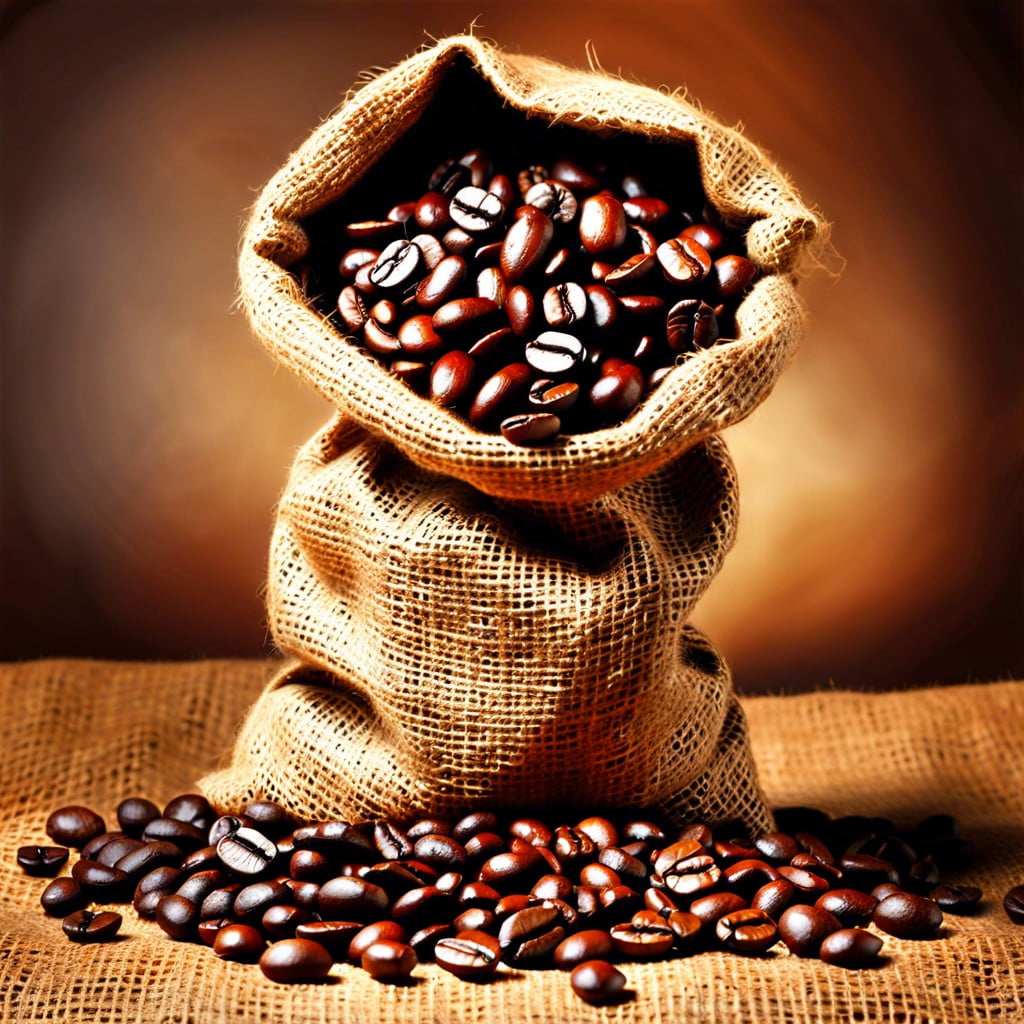Learn how to craft the perfect cup of coffee, whether you’re using a drip brewer, French press, or espresso machine.
The Beans

Selecting high-quality beans is crucial for a flavorful cup of coffee. Arabica and Robusta are the two primary species, with Arabica being known for its sweeter, more complex flavor and Robusta for its stronger, bolder taste. Consider the roast type; light roasts offer a brighter acidity and retain more of the bean’s original flavor, medium roasts provide a balanced flavor profile, and dark roasts feature a bolder, richer taste.
Freshness is key – beans should be used within a month of their roast date for optimal flavor. Whole beans are preferable as they maintain their flavor longer than pre-ground coffee. When purchasing, look for beans that provide information about their origin and roast date. This transparency often suggests a higher quality product.
Storage also affects flavor; keep beans in a cool, dark place in an airtight container. Avoiding exposure to air, moisture, and light will help preserve the bean’s essential oils and taste.
The Grind
Selecting the right grind size is crucial for flavor extraction. A fine grind is ideal for espresso, where pressure extracts the coffee quickly. This tiny particle size ensures a large surface area exposed to water, leading to a richer, full-bodied flavor. For a drip coffee maker, a medium grind works best, resembling coarse sand. It slows down water flow, permitting balanced extraction without over-extraction, which can lead to bitterness.
Conversely, a coarse grind is best suited for French press or cold brew, where immersion brewing allows coffee grounds to steep in water over an extended period. The large grind size prevents the grounds from slipping through the press filter and ensures a clear brew without the over-extraction of bitter elements.
Consistency is as important as grind size. Uneven grinds, with a mix of large and small particles, can lead to an inconsistent brew, with some of the coffee over-extracted and some under-extracted. Investing in a quality burr grinder that produces uniform ground size is advisable for the best brewing results.
Adjusting the grind to your taste is also a process of experimentation. If your coffee tastes too bitter, try a coarser grind. If it’s too sour or watery, a finer grind may be the answer. Logging your adjustments can help you replicate the perfect cup of coffee once you’ve found the right grind size for your palate and chosen brewing method.
Coffee-to-Water Ratio
Achieving the perfect balance between coffee and water is crucial for optimal flavor extraction. The Specialty Coffee Association recommends a standard ratio of 1:18, which roughly translates to one gram of coffee for every 18 milliliters of water. However, preferences can vary; for a stronger brew, some might prefer a 1:15 ratio, while others looking for something lighter may go towards 1:18 or even 1:20.
Experimentation is key. Start with the recommended ratio and adjust according to taste. Remember, consistent measurements yield consistent results—use a kitchen scale for precision.
Temperature also plays a pivotal role. Water should be just off the boil, between 195 to 205 degrees Fahrenheit (90 to 96 degrees Celsius), to properly extract the flavors. Too hot, and your coffee could taste burnt; too cold, and you might find it under-extracted, resulting in a flat, uninspiring cup.
Brewing device can affect the ratio too. A French press, for instance, may require a slightly different ratio compared to a pour-over. Mind the equipment’s instructions and adjust accordingly.
Brewing Time
Optimal brewing time is crucial for extracting the full flavor profile of coffee without over-extraction, which can lead to bitterness, or under-extraction, resulting in a weak brew. Here are key points to consider:
For a standard drip coffee maker, brewing time typically ranges from 5 to 8 minutes. A French press, due to its immersion brewing method, requires around 4 minutes, while espresso, under high pressure, takes about 20-30 seconds for a shot. Pour-over methods vary, with total brew times, including the initial bloom, often falling between 3 to 4 minutes.
Cold brew coffee stands apart with a steeping time of 12 to 24 hours. This extended time at a cold temperature extracts a smooth, rich flavor that’s less acidic than its hot brewed counterparts.
When adjusting brew time, remember that a longer time increases extraction, intensifying flavor but also risking bitterness if overdone. Conversely, a shorter brew time may yield a more vibrant acidity but can result in an underdeveloped taste if not properly monitored.
Tailor brew time to the coffee’s roast level and origin, experimenting with slight adjustments to find the perfect balance for your palate.
The Impact of Brew Methods
Different brew methods can profoundly affect your coffee’s flavor and strength. Espresso, for instance, involves forcing hot water through fine grounds to create a concentrated shot topped with crema, ideal for bold and rich flavors. In contrast, French Press allows for a full immersion brew, extracting deep notes and oils, resulting in a full-bodied cup.
Pour-over techniques like the V60, deliver a cleaner taste due to paper filtration, which removes most of the coffee oils and results in a lighter, brighter cup. AeroPress, a newer method, offers versatility, allowing for espresso-like strength or a more diluted Americano style with swift brew times and a paper filter.
Cold brew, steeped for an extended period at cool temperatures, typically yields a smoother, less acidic beverage, perfect for those with a sensitive palate or a preference for iced coffee.
Each method requires mastering variables such as grind size, water temperature, and brewing time to achieve the optimal flavor profile. Experimenting with different methods can expand your palate and enhance your appreciation for the diverse characteristics of coffee.